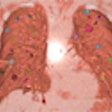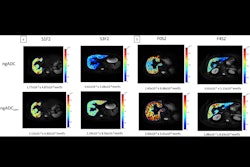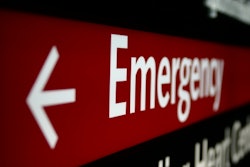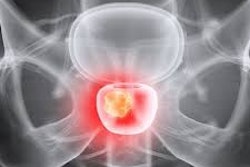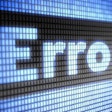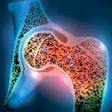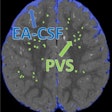More in Home
CEFUS visualizes carotid plaque volume
January 4, 2024
Customized support reduces CT, MRI order errors
January 4, 2024
Bone health a concern among lung transplant patients
January 3, 2024
PET/CT predicts brain tumors in melanoma patients
January 3, 2024
Elastography detects liver stiffness tied to heart failure
January 3, 2024
ChatGPT perpetuates racial and gender biases
January 2, 2024
Racial, ethnic representation increases over time in NCDB
December 28, 2023
More than half of medical residents experience sexual harassment
December 28, 2023






